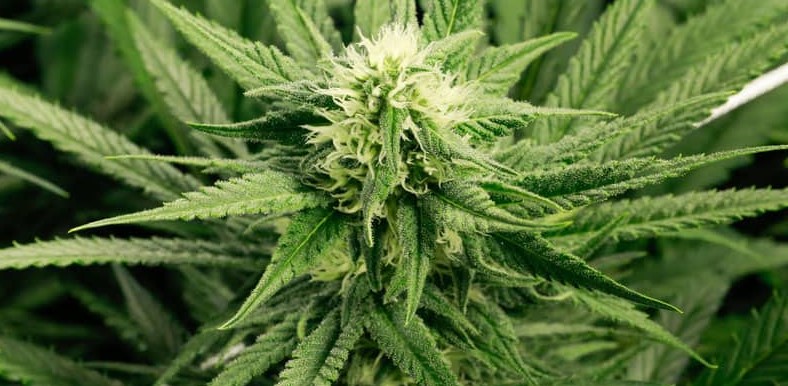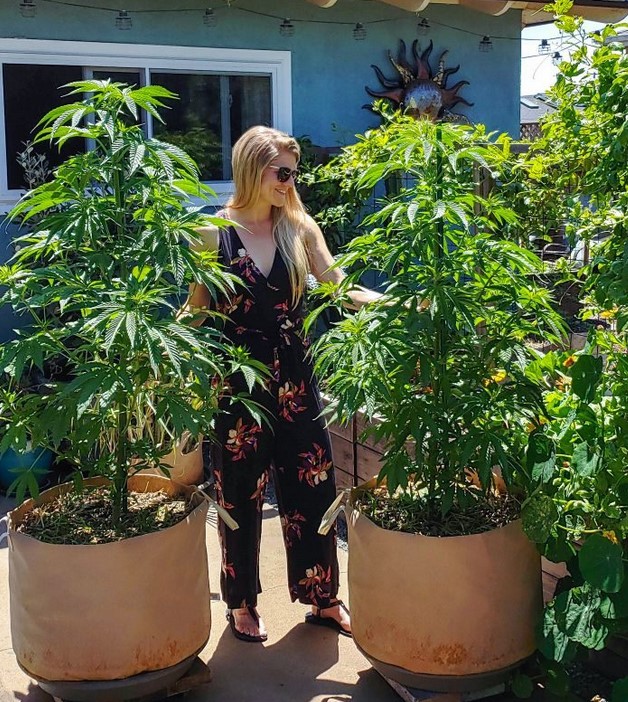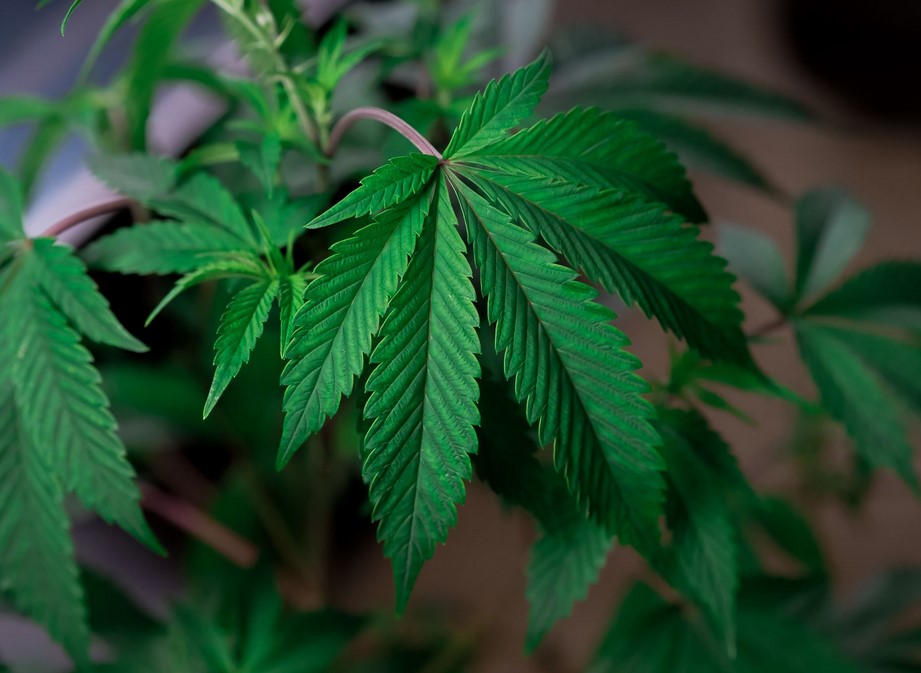Non classé
How to Grow Organic Cannabis at Home
There are presently 15 states that allow individuals to grow medical cannabis at home, with three more (D.C. included) allowing adults to do so recreationally under state law, which has stricter requirements than many others. This list continues to expand as more cannabis consumers gain access and can engage in their own green thumbs for the first time.
There are currently only a few places where you can get in-person assistance on this topic if you live in one of these places and fulfill the criteria to grow at home. Hydroponics stores and seed/clone vendors are a good start, but because they’re driven by monetary incentives, they have a history of suggesting that new growers begin growing with artificial fertilizers, pesticides, and non-soil grow mediums since all of these things need to be purchased at their store.
Although these ideas are beneficial in promoting a purchase, they aren’t always aimed towards what’s best for you, the customer, or your plants. It’s crucial to note that not all merchants follow this method of operation. Many companies are now providing both natural and synthetic solutions alongside their chemical counterparts. What you may not realize is that by utilizing organic farming practices instead of artificial fertilizers.
How to Grow Organic Cannabis
There are easy and many ways for you to start organic cannabis farming at home. It is more of a spectrum than you may think. However, interpretations do exist since there aren’t any regulations in the cannabis industry as to what actually qualifies as true organic farming right now. Because of this topic’s polarizing nature among industry professionals, some people may feel stressed about it; but for us regular home growers, it only comes down to a matter of preference!
The first and most crucial step in developing a healthy, sustainable grow is to use all-natural amendments for the soil medium. By having a clean and sustainable organic potting soil for cannabis, you’re creating an environment beneficial for microorganisms that will help nourish your plants with natural nutrients.Compost, pumice, earthworm castings, kelp meal, perlite, bat guano, fish emulsion, peat moss, and many other types of organic soil amendments are popular. Each component has a specific function and contributes to the development of a microbially conducive environment.

There are two techniques for obtaining a superb soil of this quality. The first is to construct it yourself by gathering each component separately and combining them to taste. Since this may be difficult for a novice grower, pre-mixed organic soils can also meet almost any plant growth need, and they’re available in most hydroponic stores that sell potting soils. Because most of these materials just require modest care other than occasional watering, pre-mixed soils are strongly recommended for first-time cannabis growers. Because organic soils seldom require pH modifications, they will create and supply nutrients to cannabis plants without the use of chemicals, and they are enriched with beneficial microorganisms that aid in pest resistance.
One of the most essential stages in creating an effective organic grow is to give your cannabis the appropriate growing conditions. This includes a suitable spectrum of light, optimal temperature and humidity settings, and adequate ventilation and airflow. Many organic growers prefer gardening outside, but if you can’t because of restrictions in your space,
The goal of organic gardening is to create a healthy environment that provides nutrients to plants. This goes beyond the soil, so it’s best to think of your grow as a small ecosystem that you have to keep balanced in order work effectively.
What to Feed Organic Cannabis
Feeding your organic cannabis is simple- find the appropriate water to use. When you’re growing organically, try and bypass using water from the tap. Municipal water frequently has fluoride and other chemicals which can be harmful to bacteria in your soil (although if you’re ever in a difficult situations,you can purchase an organic soil amendment or supplement at a local hydroponic shop).
There are a number of great organic supplements that may be used to help with the cultivation of organic plants, some of which provide significant advantages to the growth process. Compost teas, for example, can make a huge difference by reintroducing live microorganisms to the soil and enabling positive processes such as disease resistance.
Inoculating your soil with mycorrhizal fungi is an organic grow hack that can bolster your plants. Mycorrhizae, the symbiotic relationship between mycorrhizal fungi and plants, increases water and nutrient intake at the roots. A dry organic fertilizer containing a single-source fungus sprinkled on your soil at the beginning of the grow phase is all you need; your plants will be healthy throughout vegetative and bloom phases.
Cannabis needs several nutrients in addition to water, including carbon dioxide, nitrogen, phosphorus, potassium, calcium, manganese, and so on. Synthetic nutrient solutions are supply-locked; their purpose is to deliver a nutrient directly to a plant until the plant absorbs it completely. With the water drain off, the remaining surplus passes through the soil. Organic soils don’t need nutrient supplements because they contain natural minerals and molecules that fulfill a plant’s needs. Consequently, the grower doesn’t have to provide extra care or money.

Controlling Pests on Organic Cannabis
You don’t have to rely on harmful synthetics for organic pest control. There are a few easy and natural solutions, like companion planting, that work great against pests indoors or outdoors. Companion planting is when you grow certain plants next to each other so they’ll naturally keep pests away from your other plants. If you’re looking for an insect repellant, consider basil or dill in your garden or marigolds for aphids. A quick search will provide you with a plethora of useful plant combinations; simply exchange your test plant with cannabis to get started.
In addition to other methods, using bacillus thuringiensis (BT) or Mosquito Bits and diatomaceous earth (DE) can be very effective in getting rid of pests.
Synthetic nutrients and pesticides have a habit of completely exhausting soils by the end of a grow, leaving them oversaturated with salts and chemicals. This usually requires growers to flush their crop several times before consumption. In some cases, these growers must remix their soil, till it or throw it out altogether before starting a new batch. However, organic farmers don’t need to do this extra work because organic soils are living entities that prepare themselves for the next season. After you dig up the root ball and mix in some dry mycorrhizal fungi to the soil, you can start again. No-till gardening is becoming common among organic cannabis farmers for its sustainability and the advantages that rich organic soils provide after years of strengthening them.


